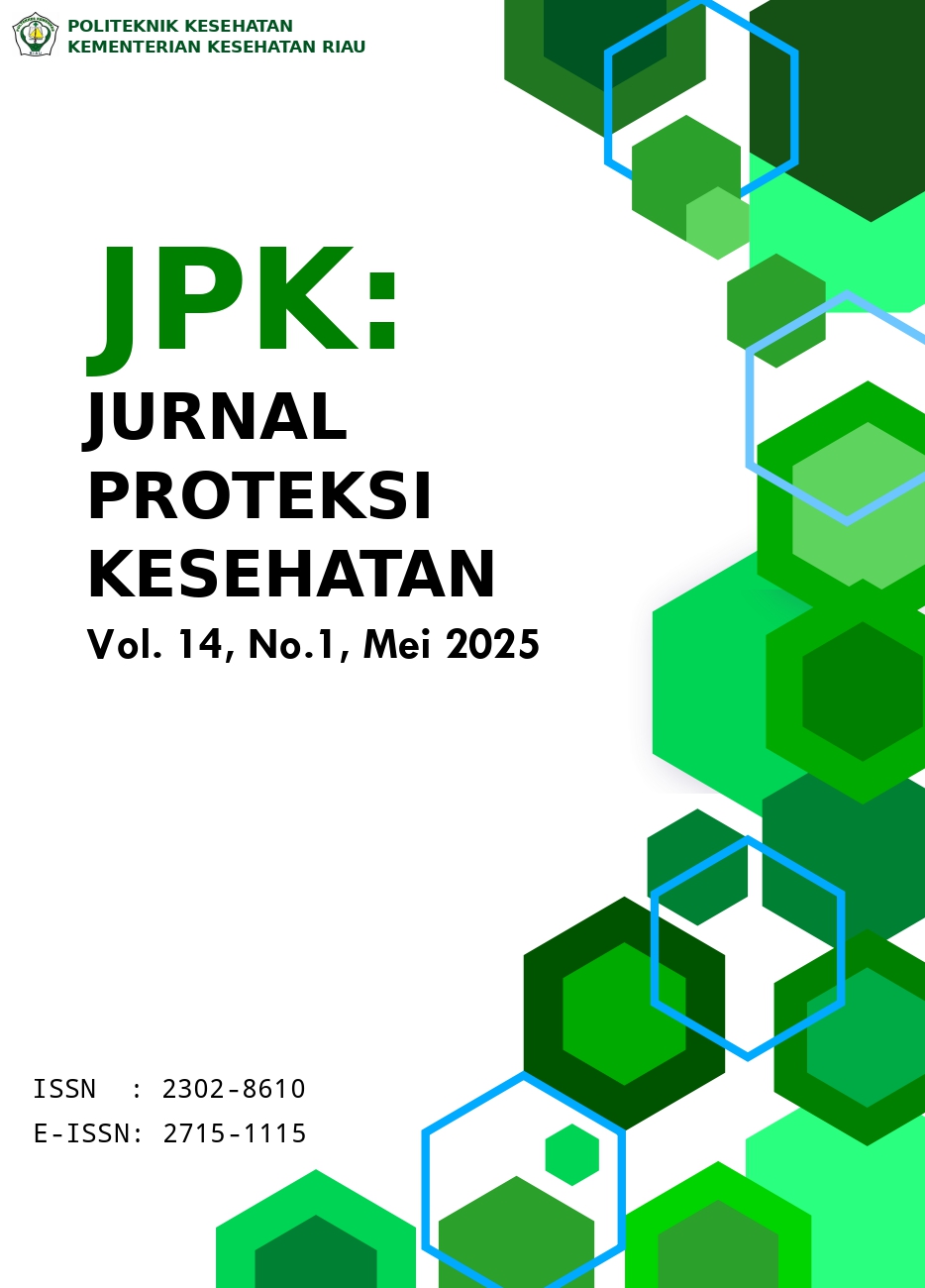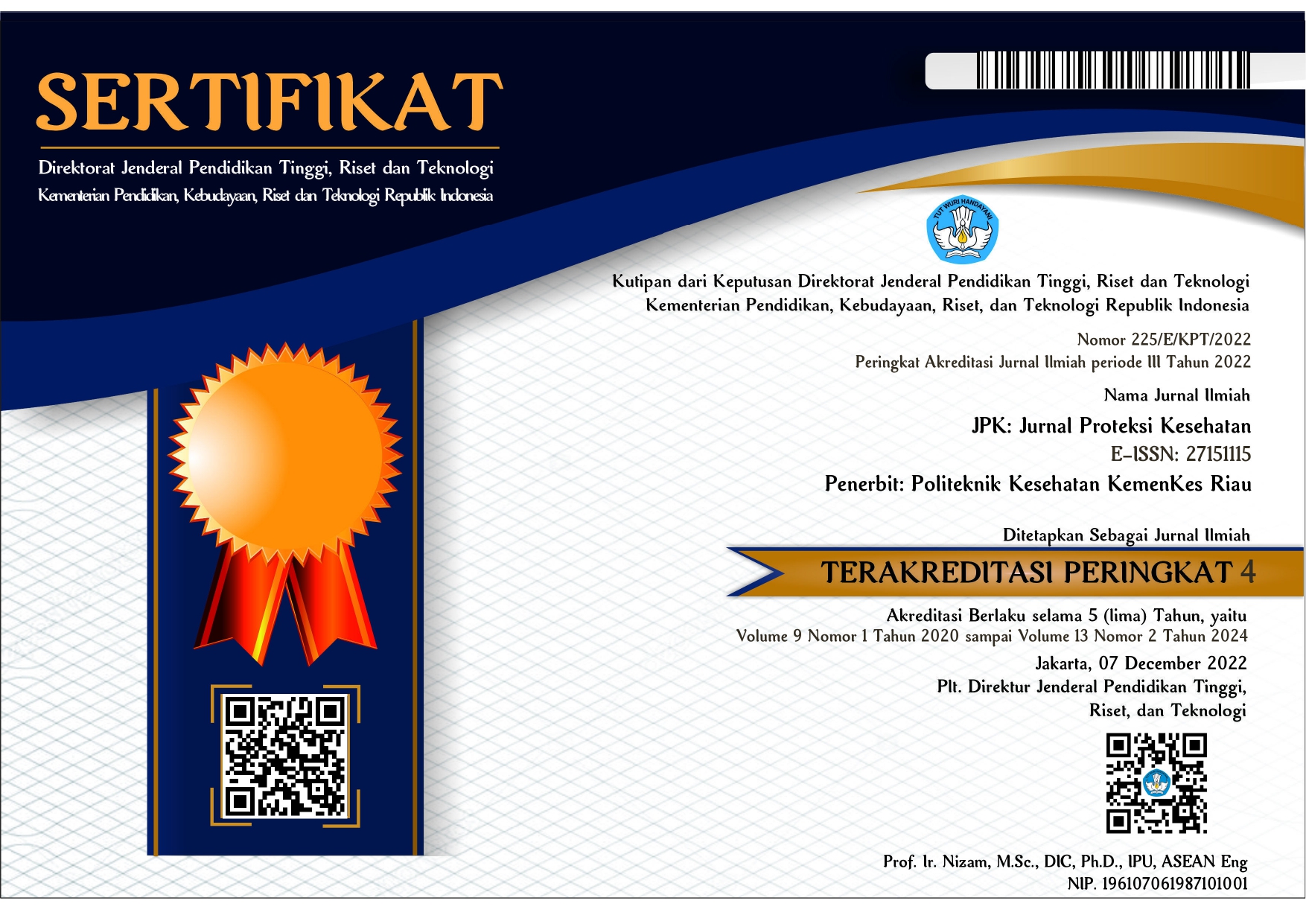High Prevalence of Hepatitis B Among Secondary School Students: Implications for Vaccination Programs and Public Health
Abstract
This cross-sectional study, conducted in five secondary schools in White Nile State, Central Sudan, aims to assess the seroprevalence of Hepatitis B Virus (HBV) among students aged 14-20 years. Utilizing a sample of 384 students, the study employs the Enzyme-Linked Immunosorbent Assay (ELISA) technique to detect HBV surface antigens (HBsAg). The results reveal a high prevalence rate of 49%, with significant correlations between HBV infection and factors such as gender, marital status, blood transfusion history, family history of HBV, and vaccination status. Notably, female students exhibit a higher prevalence rate (55%) compared to male students (45%). Married students show a 100% prevalence rate, indicating a strong link between marital status and HBV infection. Additionally, students with a history of blood transfusions and those with family histories of HBV are more likely to be infected. Vaccination history emerges as a critical factor, with vaccinated students displaying lower infection rates, underscoring the importance of vaccination programs. These findings emphasize the need for enhanced HBV awareness, regular screening, and vaccination campaigns to mitigate the virus's spread among young populations in similar settings, ultimately contributing to better public health outcomes
References
[2] W. J. Edmunds, G. F. Medley, D. J. Nokes, C. J. O’Callaghan, H. C. Whittle, and A. J. Hall, "The influence of age on the development of the hepatitis B carrier state," Proceedings of the Royal Society of London. Series B: Biological Sciences, vol. 253, no. 1337, pp. 197–201, 1993.
[3] D. Ganem and A. M. Prince, "Hepatitis B virus infection—natural history and clinical consequences," New England Journal of Medicine, vol. 350, no. 11, pp. 1118–1129, 2004.
[4] H. M. Y. Mudawi, "Epidemiology of viral hepatitis in Sudan," Clinical and Experimental Gastroenterology, vol. 2, pp. 9–13, 2006.
[5] F. B. Hollinger, "Hepatitis B Virus Infection and Control: Past, Present and Future," Clinical and Diagnostic Virology, vol. 5, no. 1, pp. 63–70, 1996.
[6] F. B. Hollinger and T. J. Liang, "Hepatitis B Virus," in Fields Virology, 4th ed., D. M. Knipe and P. M. Howley, Eds., Philadelphia, PA, USA: Lippincott Williams & Wilkins, 2001, pp. 2971–3036.
[7] J. E. Maynard, M. A. Kane, and S. C. Hadler, "Global control of hepatitis B through vaccination: Role of hepatitis B vaccine in the expanded programme on immunization," Reviews of Infectious Diseases, vol. 11, Supplement 3, pp. S574–S578, 1989.
[8] J. A. Ndako, A. B. Ayinmode, A. H. Mamman, and B. A. Onoja, "Prevalence of Hepatitis B virus infection among students in Kaduna State, Nigeria," Journal of Medical Virology, vol. 83, no. 6, pp. 1016–1021, 2011.
[9] "Acute Hepatitis B Virus infection without identifiable risk factors," Nature and Science, vol. 10, no. 2, pp. 59–62, 2012.
[10] D. M. Parkin, F. Bray, J. Ferlay, and P. Pisani, "Global cancer statistics, 1999," CA: A Cancer Journal for Clinicians, vol. 49, no. 1, pp. 33–64, 1999.
[11] D. M. Parkin, P. Pisani, and J. Ferlay, "Estimates of the worldwide incidence of 25 major cancers in 1990," International Journal of Cancer, vol. 80, no. 6, pp. 827–841, 1999.
[12] D. M. Parkin, J. Stjernsward, and C. S. Muir, "Estimates of the worldwide frequency of twelve major cancers," Bulletin of the World Health Organization, vol. 62, no. 2, pp. 163–182, 1990.
[13] Beasley, R. P., “Hepatitis B virus. The major etiology of hepatocellular carcinoma”. Cancer, vol. 61, no. 10, pp. 1942-1956, 1988.
[14] "Viral Hepatitis," Vaccine and Immunisation News, vol. 5, no. 3, pp. 6–10, 2000.
[15] World Health Organization (WHO), Global control of hepatitis B through vaccination: Role of hepatitis B vaccine in the expanded programme on immunization, Geneva: World Health Organization, 1996.
[16] World Health Organization (WHO), Hepatitis B, Geneva: World Health Organization, 2000.
[17] World Health Organization (WHO), Hepatitis B, Geneva: World Health Organization, 2001.
[18] A. J. Zuckerman, "Hepatitis B immune globulin for prevention of perinatal infection with hepatitis B virus," The Pediatric Infectious Disease Journal, vol. 15, no. 1, pp. 70–76, 1996.
[19] Blumberg, B. S., Larouze, B., London, W. T., Werner, B., Hesser, J. E., Millman, I., ... & Payet, M. (1975). “The relation of infection with the hepatitis B agent to primary hepatic carcinoma”. The American journal of pathology, vol. 81, no. 3, pp. 669.
[20] Feitelson, M. A. R. K., “Hepatitis B virus infection and primary hepatocellular carcinoma”, Clinical microbiology reviews, vol. 5, no. 3, pp. 275-301, 1992.
[21] Abdulla, R. and Hama, S. “Serological and molecular detection of hepatitis b virus among patients referred to kurdistan center for hepatology and gastroenterology in sulaimani city/kurdistan region of Iraq”. Uhd Journal of Science and Technology, vol. 4, no.2, 117-122, 2020, https://doi.org/10.21928/uhdjst.v4n2y2020.pp117-122
[22] Chevaliez, S., Bouvier‐Alias, M., Laperche, S., Hézode, C., & Pawlotsky, J., “Performance of version 2.0 of the cobas ampliprep/cobas taqman real-time pcr assay for hepatitis b virus dna quantification”, Journal of Clinical Microbiology, vol. 48, no. 10, 2010, 3641-3647. https://doi.org/10.1128/jcm.01306-10
[23] Liu, C., Chang, L., Jia, T., Guo, F., Zhang, L., Ji, H., Wang, L, “Real-time pcr assays for hepatitis b virus dna quantification may require two different targets”, Virology Journal, vol. 14, no. 1, 2017, https://doi.org/10.1186/s12985-017-0759-8.
[24] Marcuccilli, F., Chevaliez, S., Müller, T., Colagrossi, L., Abbondanza, G., Beyser, K., & Ciotti, M., “Multicenter evaluation of the cepheid xpert® hbv viral load test”, Diagnostics, vol. 11, no. 2, pp. 297, 2021, https://doi.org/10.3390/diagnostics11020297
[25] Naderi, N., Masoudi, G., Behnava, B., Alavian, S., Sari, S., Anvar, A., … & Bolhassani, A., “Detection of occult hepatitis b virus among iranian hcv-infected patients with hemophilia treated with direct-acting antiviral agents”, Hepatitis Monthly, 2018, In Press (In Press). https://doi.org/10.5812/hepatmon.83337
[26] Niesters, H., Zoulim, F., Pichoud, C., Buti, M., Shapiro, F., D'Heuvaert, N., & Sablon, E., “Validation of the inno-lipa hbv dr assay (version 2) in monitoring hepatitis b virus-infected patients receiving nucleoside analog treatment”, Antimicrobial Agents and Chemotherapy, vol. 54, no. 3, pp. 1283-1289, 2010, https://doi.org/10.1128/aac.00970-09
[27] Saihood, A., “Detection of hepatitis-b virus genotype b among patients with hbv-related chronic liver disease by using nested polymerase chain reaction, JWSM, vol. 7, no. 1, pp. 49-54, 2023, https://doi.org/10.31185/jwsm.327
[28] Sarin, S., Kumar, M., Lau, G., Abbas, Z., Chan, H., Chen, C., Kao, J., “Asian-pacific clinical practice guidelines on the management of hepatitis B”, Hepatology International, vol. 10, no. 1, pp. 1-98, 2015, https://doi.org/10.1007/s12072-015-9675-4
[29] Islam, S. R. U., Jahan, M., & Tabassum, S., “Evaluation of a rapid one-step real-time PCR method as a high-throughput screening for quantification of hepatitis B virus DNA in a resource-limited setting”, Euroasian journal of hepato-gastroenterology, vol. 5, no. 1, pp. 11, 2015.
[30] Yi, T., Zhang, H., Hua, L., Gong, G., & Cai, Y., “Betaine‐assisted recombinase polymerase assay for rapid hepatitis b virus detection. Biotechnology and Applied Biochemistry, vol. 68, no. 3, pp. 469-475, 2020, https://doi.org/10.1002/bab.1940












